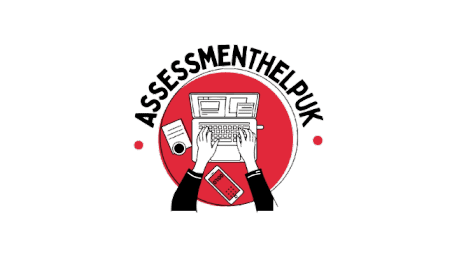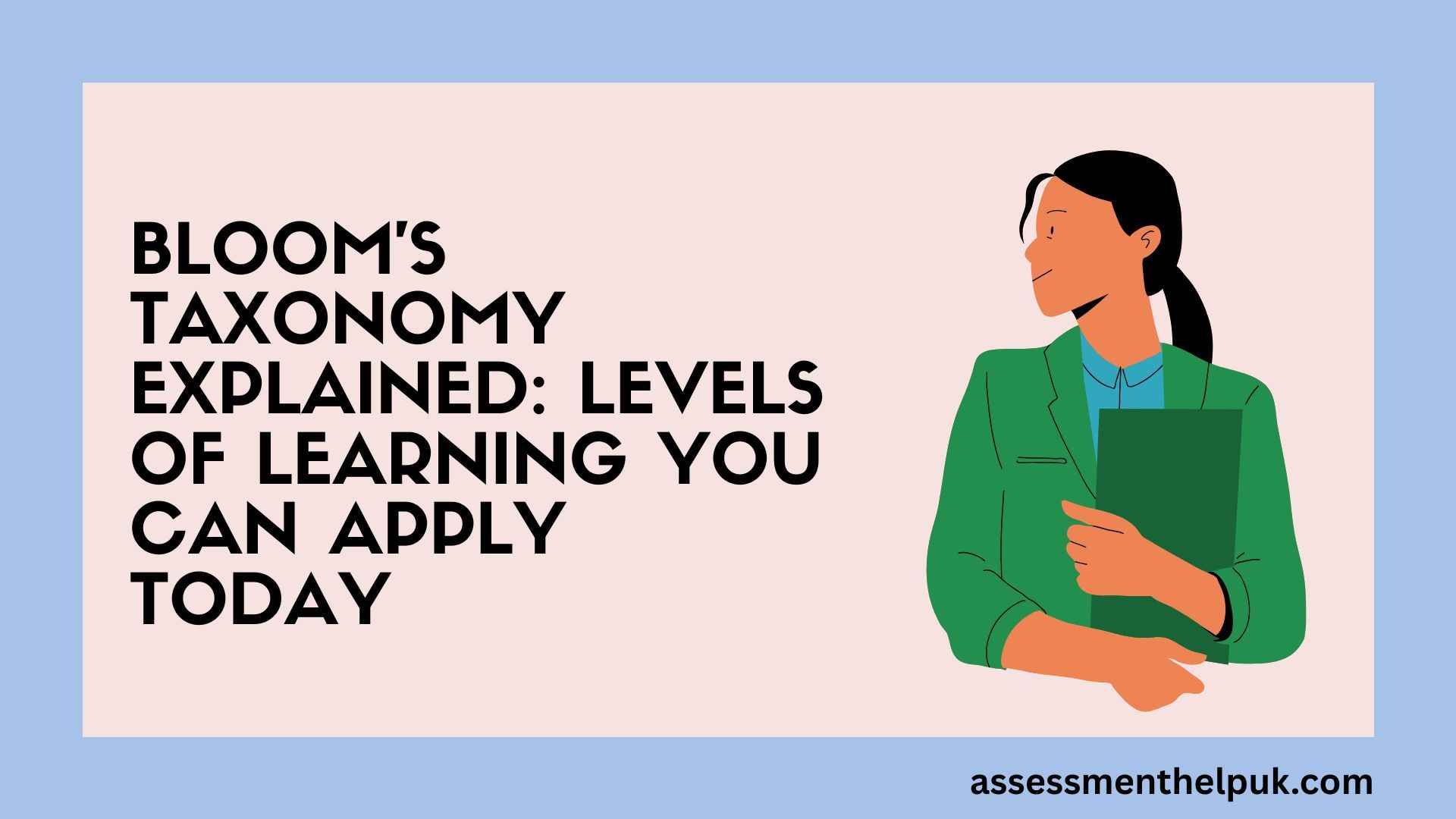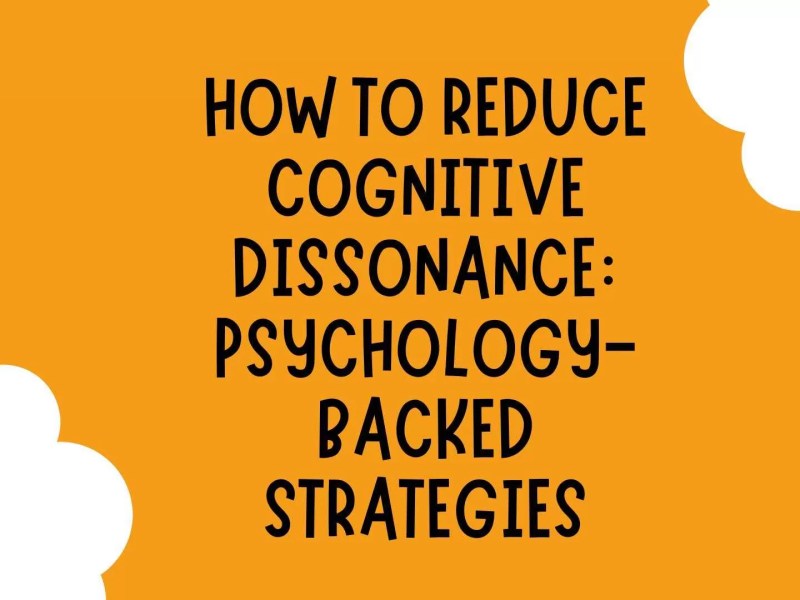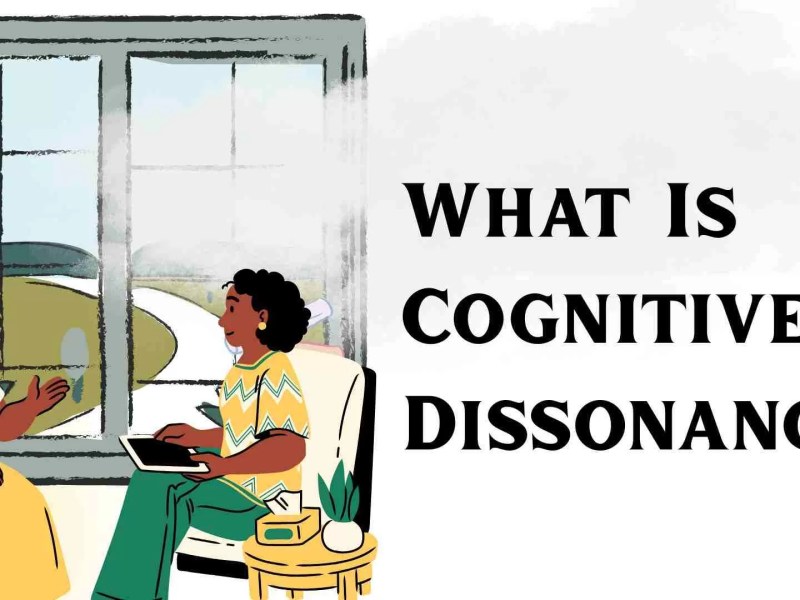If you have ever tried to write a lesson plan, plan a training session at work or even teach yourself a new skill and wondered how to move from simple recall to real insights, you have already brushed against the idea behind Bloom’s Taxonomy. Established back in the 1950s by educational psychologist Benjamin Bloom and a team of collaborators, the structure sets out to classify educational objectives so that teachers could describe exactly what kind of learning they wanted to see in students.
It was never just about “knowing things,” it was about thinking, feeling, and doing progressively on a deeper level. In simple words, it gives a clear map of learning, from first encounters with information through to creating something that’s new out of it.
Origins and Development
Looking back in history, the original taxonomy appeared in 1956 as a handbook for classifying cognitive objectives. It provided teachers with a comprehensive shared language for outcomes such as “knowledge,” “comprehension,” and “analysis.” This was ground-breaking because it let teachers at every level compare and design lessons using the same old reference points. In 2001, a group that was originally led by David Krathwohl and Lorin Anderson led a major revision.
This version focused on action verbs rather than static nouns, “remember”, “understand”, “apply”, “analyse”, “evaluate”, and create which made it much more understandable to report results as actions instead of unspecific mind states. Now that most people talk about Bloom’s Taxonomy, they are typically referring to this updated version, which aligns quite well with contemporary thought regarding active learning and stated results.
The Three Domains
One of the main reasons the taxonomy has endured is that it adopts learning as more than an intellectual exercise. Bloom and his team of experts decided to describe these three interconnected domains.
Cognitive domain
Kicking it off with the cognitive domain, it covers mental skills such as recalling facts, analysing arguments, or even designing new solutions.
Effective domain
The affective domain focuses on attitudes, values, and emotional engagement, moving from simply receiving information to internalising beliefs and acting on them, for example, listening in class, then speaking up, and then leading a discussion.
Psychomotor domain
Finally, the psychomotor domain deals with physical and practical skills ranging from simple movements to complicated performances like playing a musical instrument, performing a science experiment, or even rehearsing a clinical procedure. Each of these domains has its own integrity, ranging from simple to complicated.
Considering outcomes in this multi-layered manner assists teachers, trainers and learners to understand where they currently are, what the next step might be, and how they can determine if they have achieved it.
The Cognitive Domain – Thinking Skills in Action
When most people think about Bloom’s Taxonomy, they’re thinking about this particular domain. It describes how learners process this information, build understanding and then transform that understanding into something that’s new. Each level represents a notch up in complexity level and depth, and you can use it like a climbing ladder to plan out questions, activities, and assessments.
From Remembering to Creating: The Six Levels
Bloom’s revised cognitive domain is typically presented as six stacked stages, moving up the stages shifts learners from surface knowledge to solving deeper mastery:
- Remember: Here, recall facts, definitions, dates or rules, for example, “List the stages of cell division.”
- Understand: Explain ideas in your own words, “summarize a chapter,” or “describe the plot of a story.”
- Apply: Using a subtle knowledge in new situations, for example, “solving a maths problem using a formula” or “using a grammar rule in your own sentence.”
- Analyse: Dividing information into components, identifying patterns and connections. e.g,. “Compare two speeches on politics” or “Find assumptions in an argument.”
- Assessing: Assessing information using criteria and evidence. e.g., “Evaluate a business plan” or “Assess the credibility of a source.”
- Synthesize: Putting things together to create something new. e.g., “Create an experiment” or “Compose a short story of your own.”
Why the Sequence Matters
The order of these isn’t just arbitrary; each one of these builds on the last: You cannot analyse well without having a good understanding of the material first, and you cannot evaluate without being able to implement it. This sequence gives professors a way to frame the tasks that nudge students from having basic recall towards creativity and independence.
Practical Ways to Use It
- Frame objectives as verbs (“explain”, “design”, “justify”) rather than nouns (“knowledge”, “analysis”).
- Mix questions from different levels in the same lesson to stretch learners.
- Use the top two levels, evaluate and create for capstone projects, essays or presentations.
By mapping tasks against these six major stages of the cognitive domain, you not only tell what success looks like but also address learners ‘ sense of progression from first exposure to confident mastery.
The Affective Domain – Learning Through Attitudes and Values
While the cognitive domain of Bloom’s Taxonomy primarily focuses on the thinking factor, the affective domain is all about “feeling.” It addresses how learners receive, respond to, value, and ultimately internalise ideas. Usually, teachers underestimate this side of learning, yet attitudes and motivation are what keep the knowledge all valid and usable. This domain is especially important in areas such as citizenship, ethics, teamwork, customer service, leadership and any field where empathy or responsibility plays an important part.
Levels of the Affective Domain
Here, Bloom and his close ones described five progressive stages in the affective domain. They move from simple awareness to a deeply held value system that guides behavior:
- Receiving: Being vigilant and willing to hear, for example, listening to a safety briefing, noticing a strong cultural difference.
- Responding: Being actively participating or showing interest, asking questions in class, contributing and playing your part in the discussion.
- Valuing: Recognising the worth of something and showing commitment, for instance, volunteering for a cause, keeping sustainable choices on top.
- Organisation: Incorporating different values, for instance, weighing conflicting priorities, developing a personal code of ethics.
- Characterisation by a Value or Value Complex: Behaving constantly with an internalised system, for example, being a trusted mentor, consistently upholding various professional standards.
Teaching With the Affective Domain in Mind
As affective outcomes are more difficult to plan for and evaluate because they are less observable than cognitive outcomes, we can take as many small, intentional actions to:
- Model attitudes we want learners to adopt – enthusiasm, respect, curiosity.
- Embed reflection activities – journals, peer feedback, group discussions.
- Provide opportunities for students to choose and express opinions in a safe way.
- Acknowledge and reward engagement, effort and ethical reasoning, not just correct answers.
Why This Matters in Practice
A student might get the point of inclusive leadership but only practise it when they value effectiveness. By designing various experiences that foster learners in this domain, from awareness to internalisation, you nurture the motivation and ethics that underpin lasting performance.
The Psychomotor Domain – Turning Knowledge into Physical Skill
The third and last branch of Bloom’s Taxonomy deals with the body. The point where cognitive is all about “thinking” and the affective domain is all about “feeling,” the psychomotor domain is all about “doing.” It majorly covers all the physical and technical aspect that is needed to perform the task, from the simplest movement to all the way to complex and coordinated performances.
This is the ideal domain for the most obvious in sports, laboratory technicalities, or even operating machines. But it also underpins everyday skills such as typing, using tools, or even conducting a safe experiment in a school lab.
Understanding the Levels
Originally, Bloom’s team never proposed a final hierarchy for this domain, but later researchers proposed tiered models. Despite all the differences between them, they share the idea of a strong progression:
- Perception: Using cues to lead actions.
- Set: Readiness to act: mental, physical, and emotional preparation for a skill.
- Guided response: Early practice under guidance, limitation of a model.
- Mechanism: Developing a degree of proficiency, actions become more confined and habitual.
- Complex response: Executing complex movements with smooth precision and control.
- Adaptation: Getting used to new skills, conditions, or problems.
- Origination: Creating new movement patterns or inventing a novel way to perform a task.
This kind of hierarchy is a map from initial awareness all the way to mastery and innovation, just as the cognitive and affective domains map out intellectual and emotional growth.
Supporting Psychomotor Learning
As psychomotor skills necessitate practice and feedback, the teaching strategies used in this domain are different from those in all of the other domains:
- Break the skill into steps that are achievable and demonstrate each step effectively.
- Incorporate plenty of structured practice (and feedback) opportunities designed with immediate, constructive feedback.
- Use modeling, scaffolding, and the gradual transfer of responsibility: “I do, we do, you do.”
- Include safety checks and ethical implications related to the psychomotor skill, along with the technique.
Why It Matters
Even the most outstandingly designed cognitive and effective learning goals might fall short if learners can’t translate them into competent action. A nurse who knows the theoretical implementation of taking a pulse but can’t do it accurately, or a musician who knows notation but can’t play, has not yet completed the learning curve. The psychomotor domain reminds us that real mastery is not just in the head or heart but also in the hands.
Putting Bloom’s Taxonomy Into Practice
Having a sound knowledge of these three domains is useful; applying them transforms teaching, training, and self-study. The power of Bloom’s Taxonomy lies in making unclear goals into clear, actionable steps. Regardless of whether you are writing a lesson plan, designing a corporate workshop, or even structuring your own revision, Taxonomy works as a checklist and a compass.
Designing Outcomes With Active Verbs
To begin with, write learning outcomes in plain, active (not passive) language. For example, instead of saying “students will have knowledge of customer service,” you may want to say “students will be able to explain the principles of good customer service” (Understand) or “demonstrate an appropriate response to a dissatisfied customer” (Apply/Psychomotor). This will make it clear what type of performance level you are trying to achieve and how you will know it is achieved.
Aligning Tasks and Assessments
Use the levels of taxonomy in order to match the teaching activities with assessments:
- Lower-level cognitive skills (Remember, Understand) suit lectures, reading, quizzes or flashcards.
- Middle-level skills (Apply, Analyse) benefit from case studies, problem-solving exercises and debates.
- Higher-level skills (Evaluate, Create) need open-ended projects, research, design tasks or peer critiques.
- Affective outcomes can be supported by reflective journals, role-plays, group discussions or service-learning.
- Psychomotor outcomes require demonstration, practice and real-time feedback.
Building Progression
Think about a course or a training programme as a ladder. Early sessions strive to remember the understanding, later ones can slowly apply, analyse, and create. Similarly, you can make an effective and psychomotor elements step by step: First, go for exposure, guided practice, and then for independent performance.
A Tool for Learners Too
Learners themselves can use Bloom’s taxonomy for self-assessment. By asking, “Am I only remembering this, or can I apply and evaluate it?” They can easily target gaps in their learning and plan how to close them.
Taking the Next Step
By purposefully aligning goals, activities, and assessments across the three domains, you make learning deeper and more likely to be transferred into real life. Bloom’s Taxonomy is more than a framework; it’s a practical way to look at designing experiences that lead people from first engagement with an idea to confident, ethical and skilful action.
Other Guide:
Critical Thinking for Students and Professionals
FAQs
What is Bloom’s taxonomy?
At its core, it’s a way to describe levels of learning, from rote memorization of facts to constructing new ideas in the cognitive, affective and psychomotor domains.
Why would teachers or trainers use it?
It allows you to create your lessons, activities and assessments in a way that creates a continuous development to deeper understanding, more complex values and useful skills.
What are the three domains of Bloom’s taxonomy?
Cognitive (thinking), affective (attitudes and values) and psychomotor (physical skills).
How does Bloom’s taxonomy benefit students in their learning?
Because it provides a clear structure of progression and helps to assess if they are just remembering or understanding and creating.
Is it used only in schools?
No. Bloom’s Taxonomy is used in universities, workplace-based training, vocational programmes and even for self-directed study.
What are the differences between the original Bloom’s taxonomy and the revised Bloom’s taxonomy?
The 2001 version shifted the framework from using nouns such as “knowledge,” into verbs such as “remember,” “analyze,” and “create,” to somewhat ease the process of revealing learning outcomes in observable actions.



